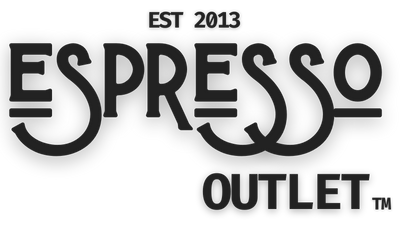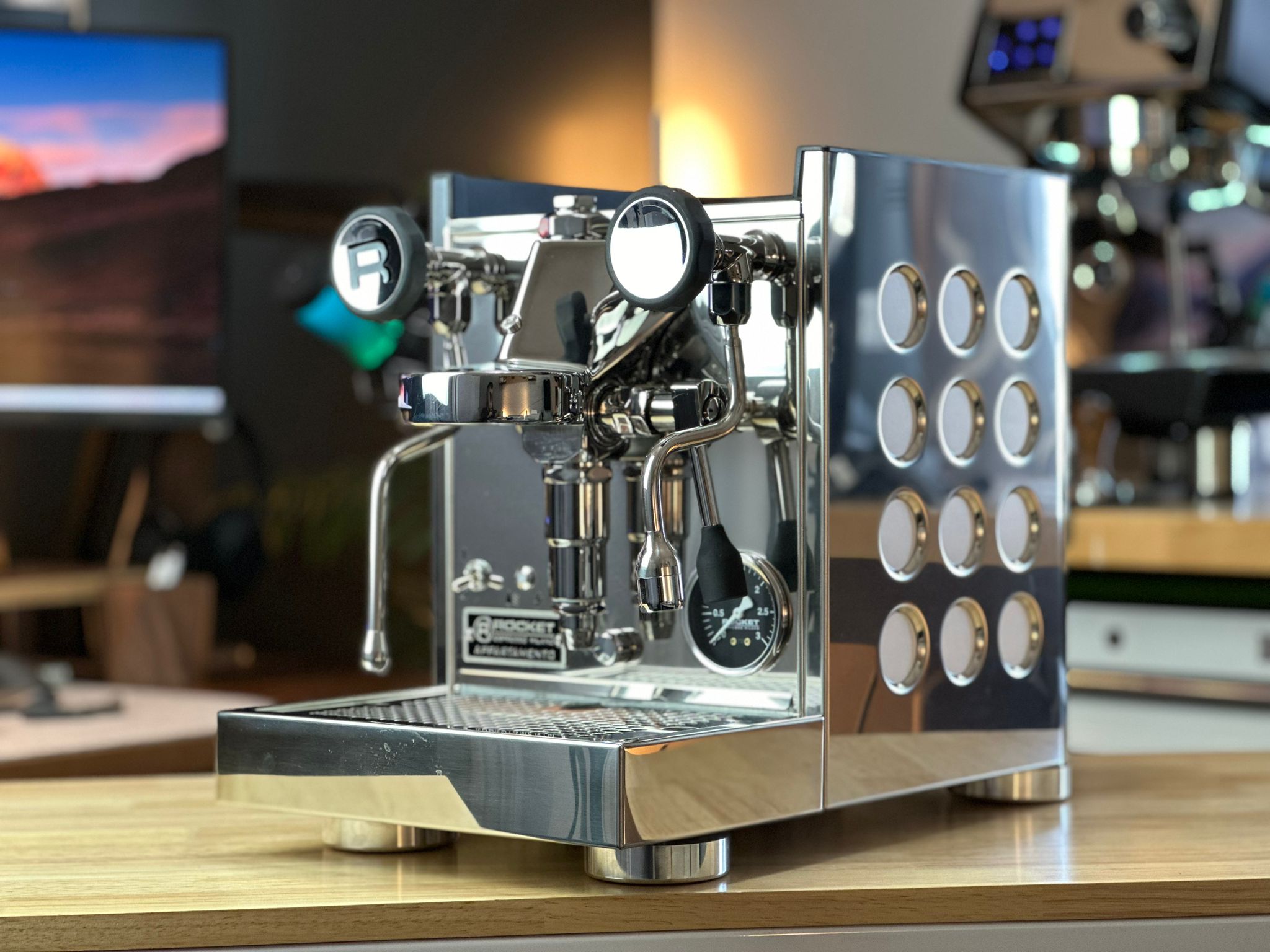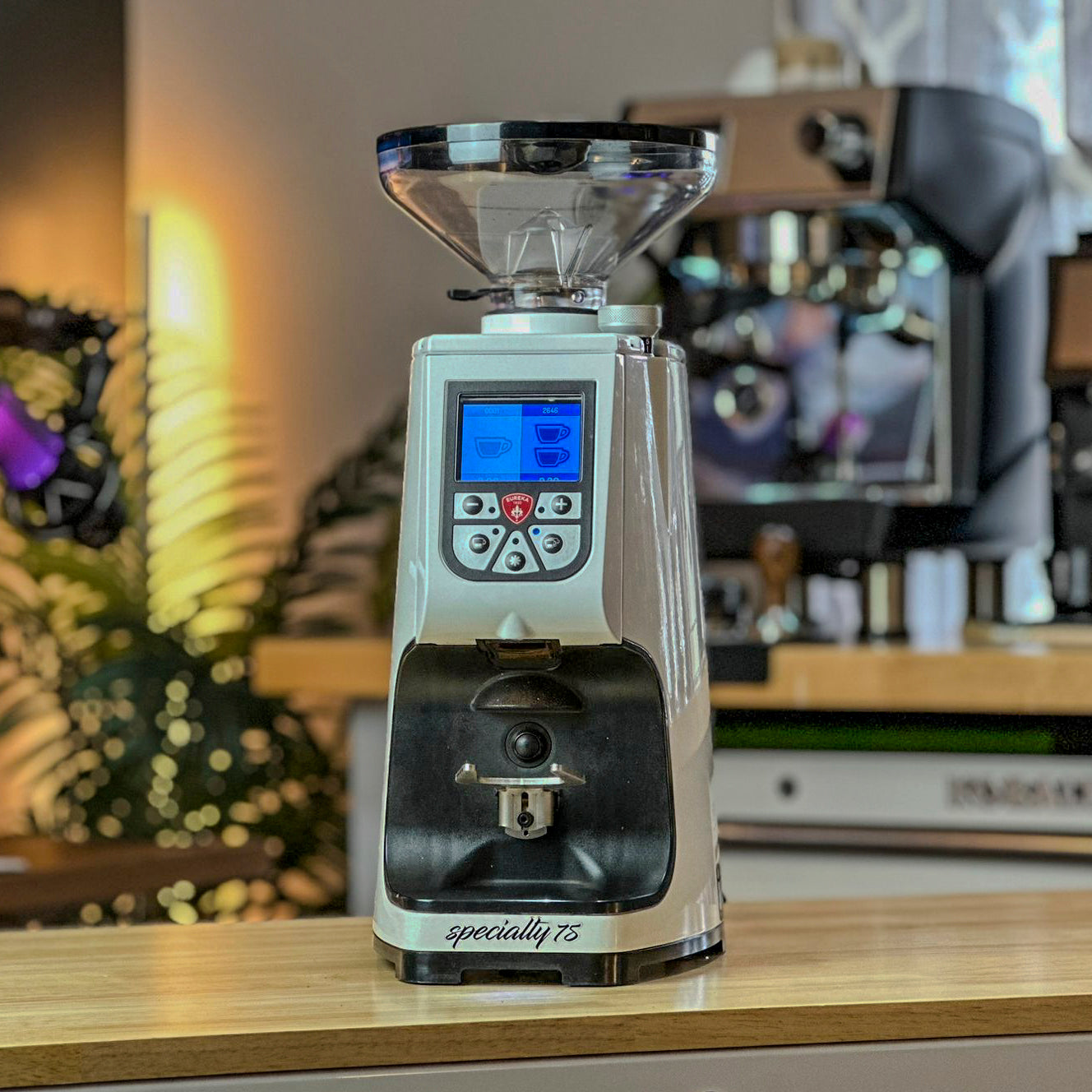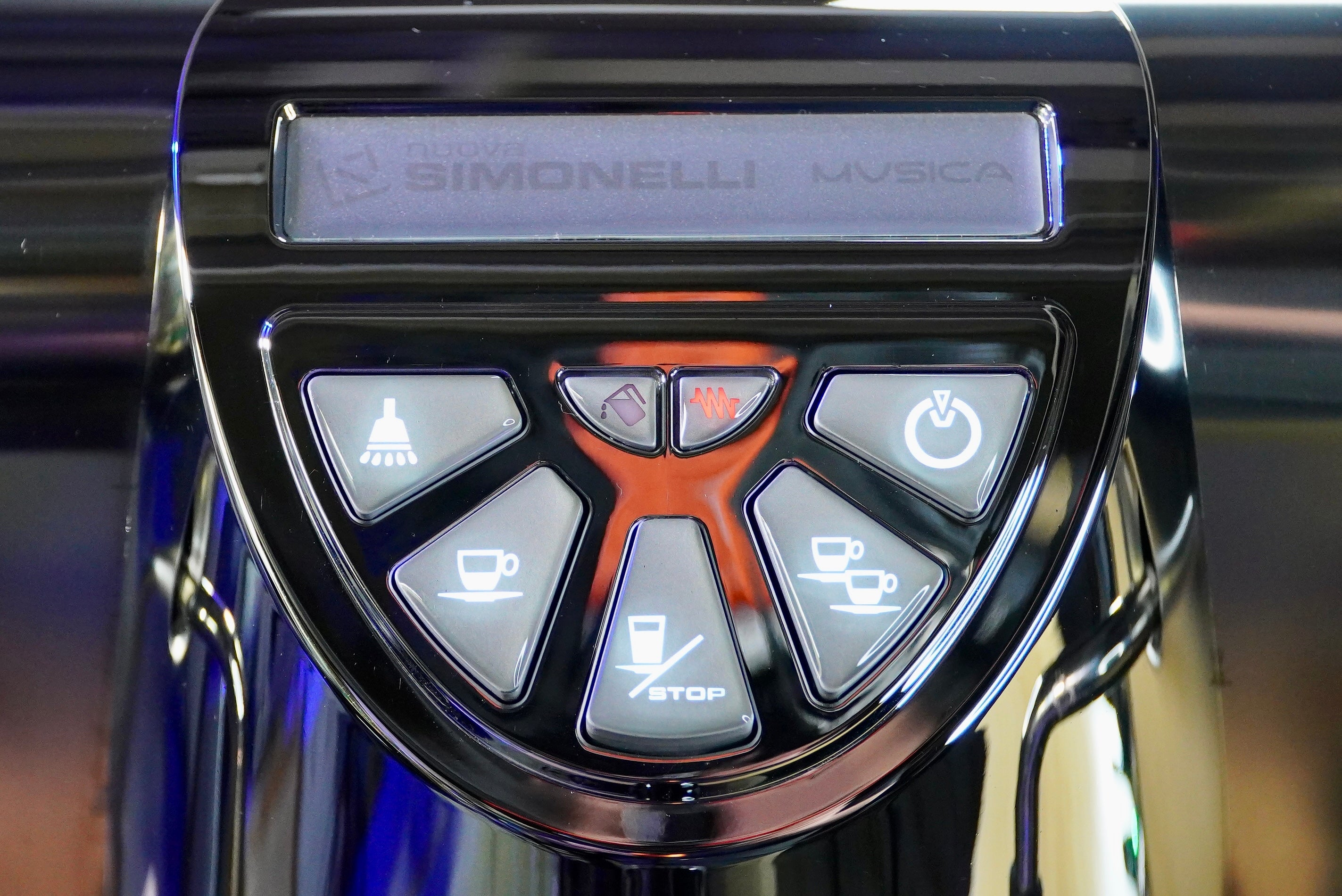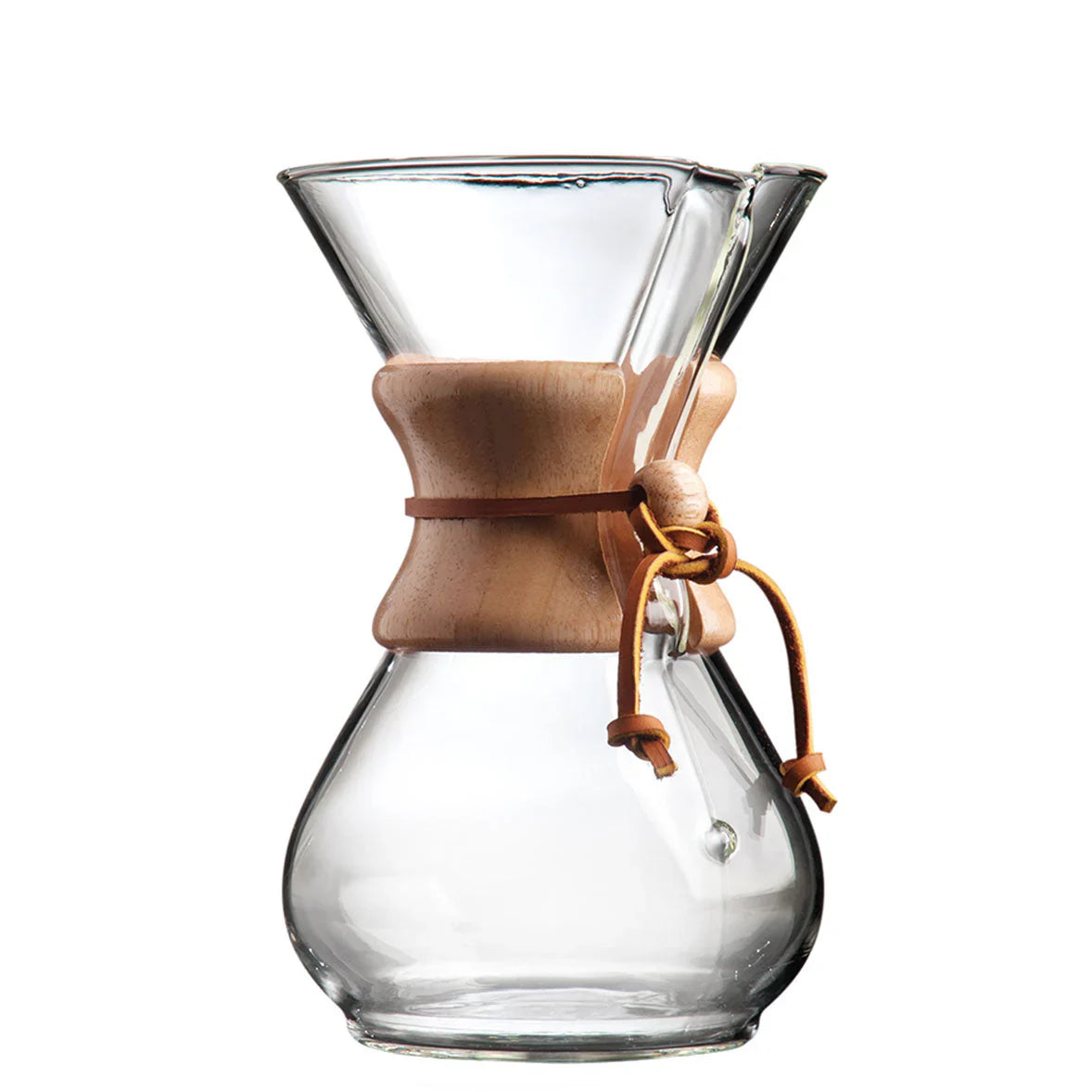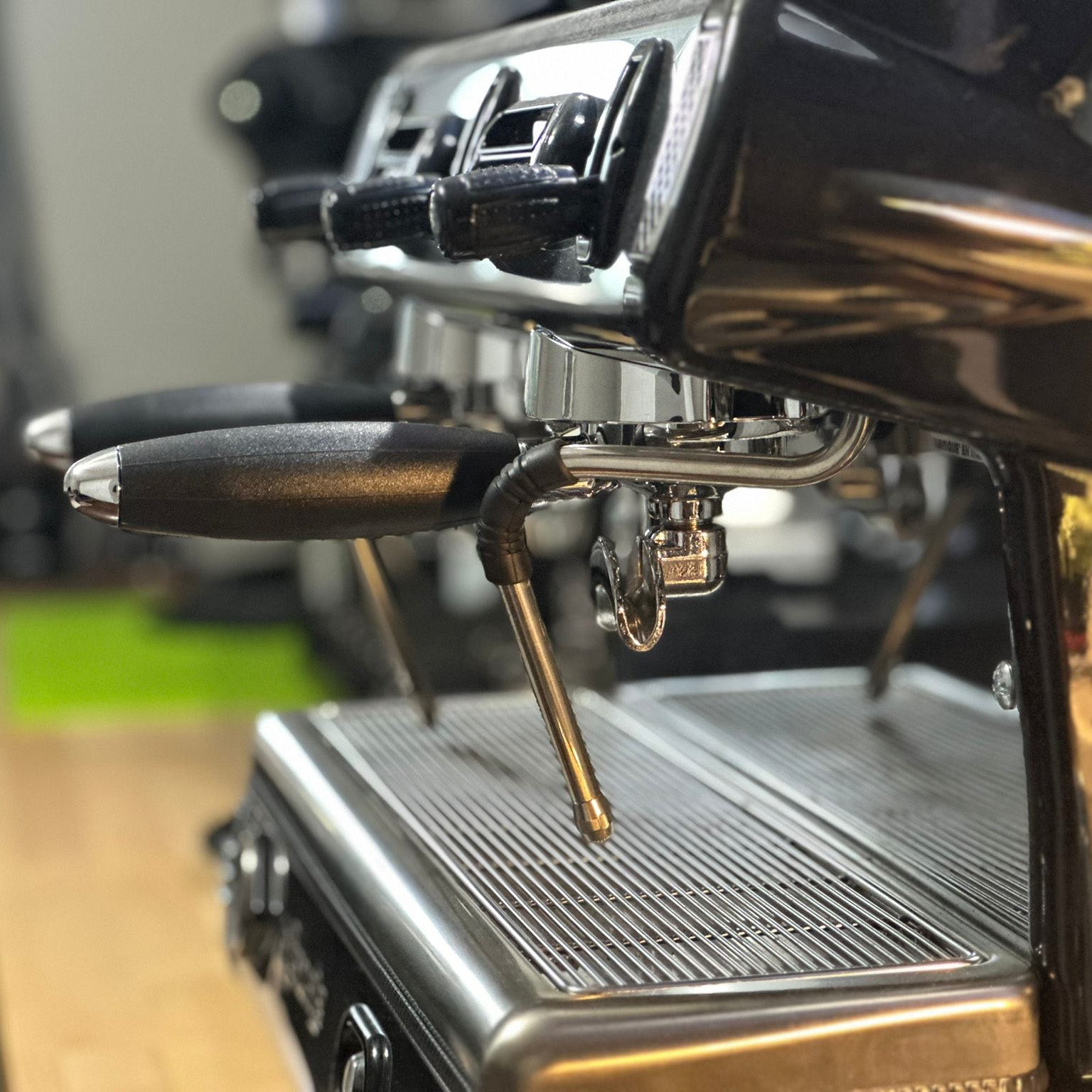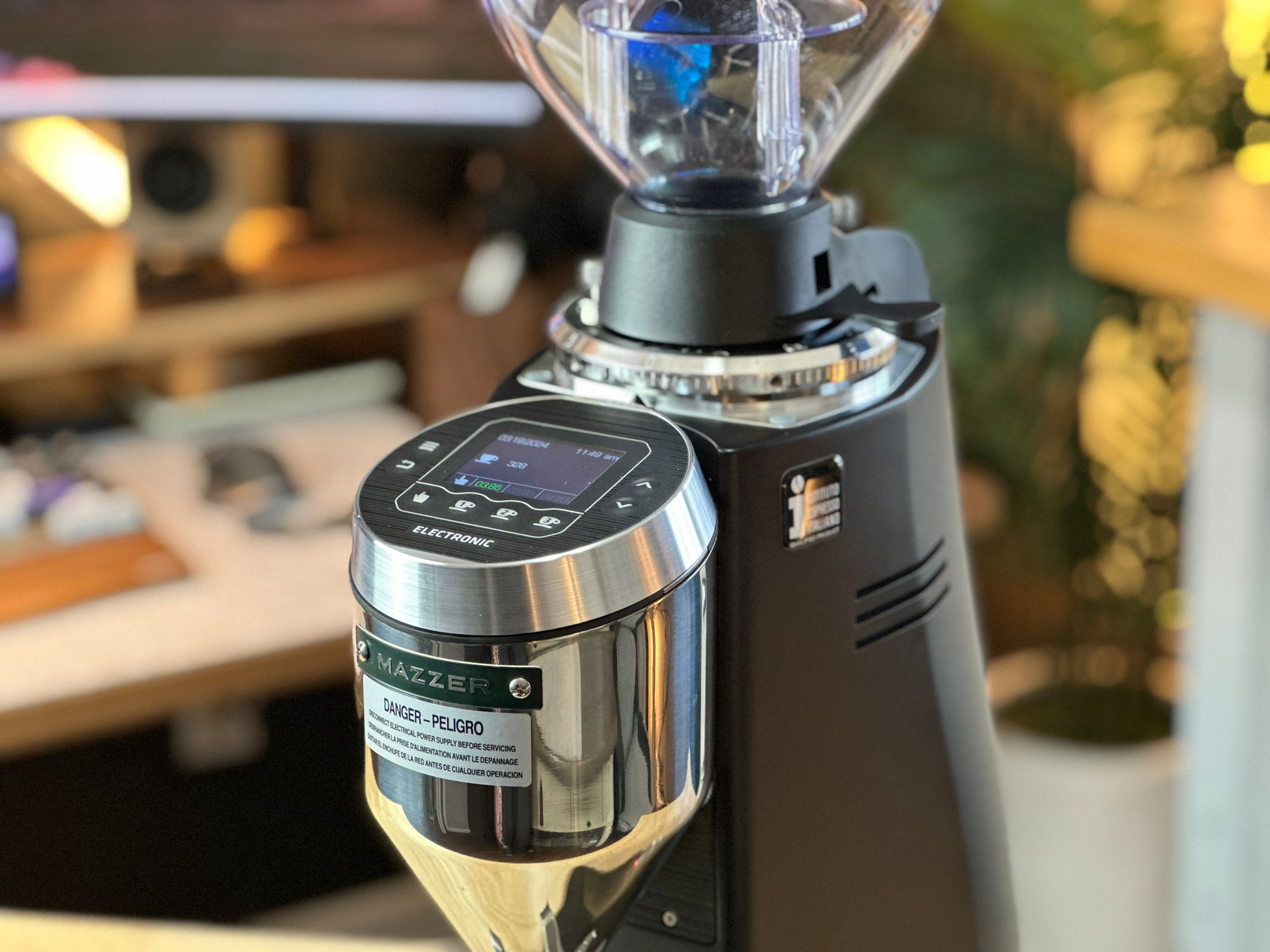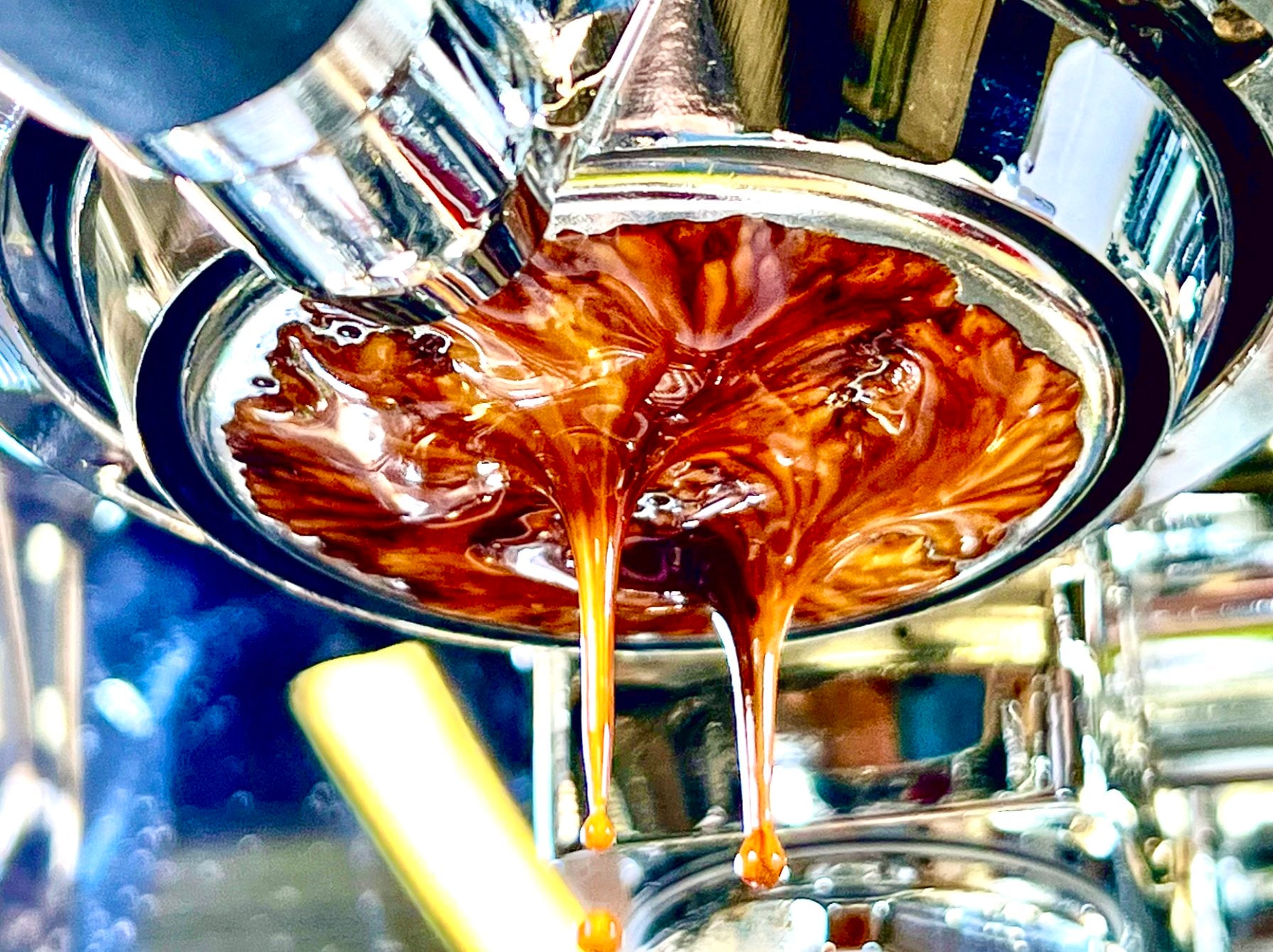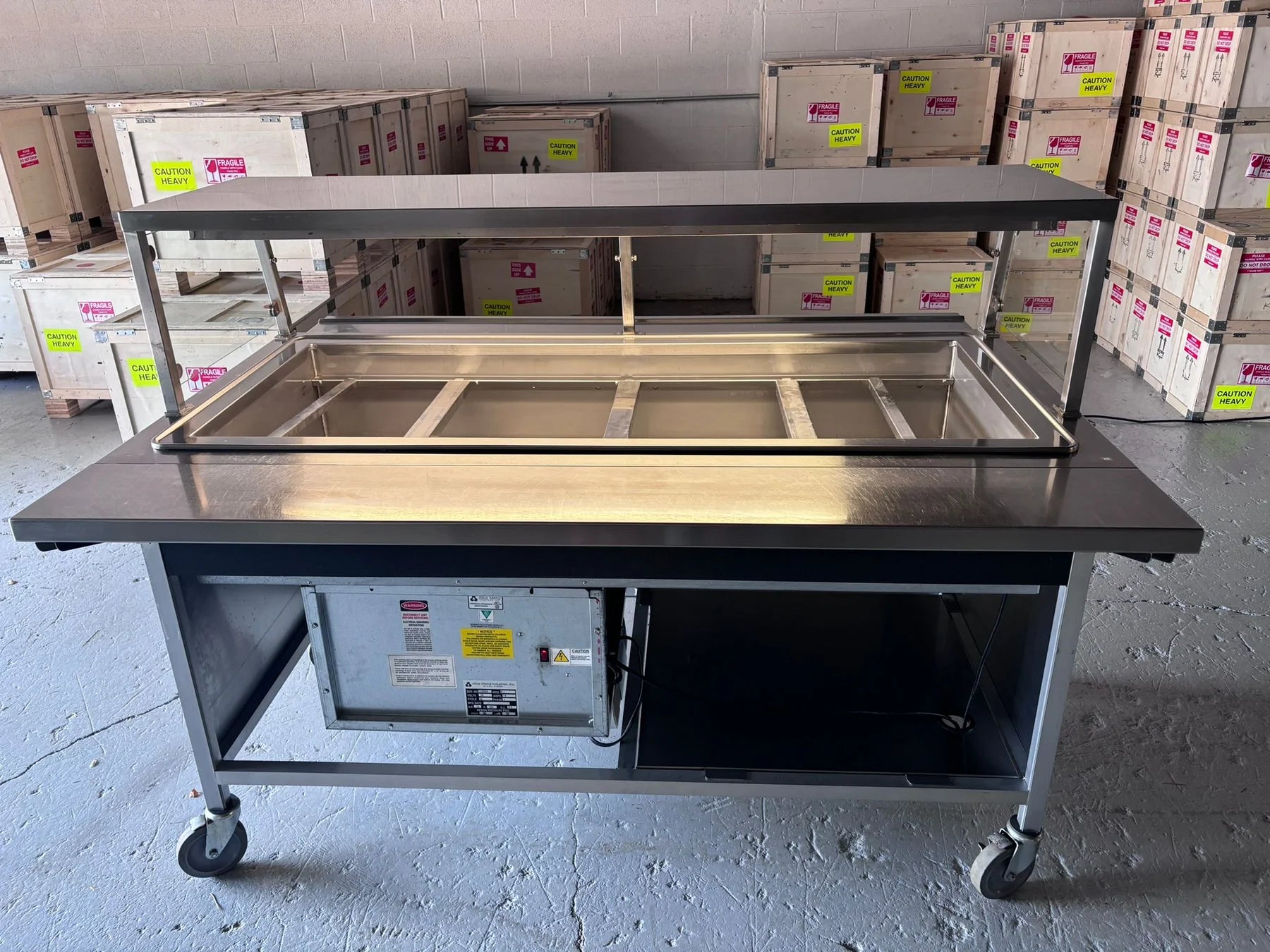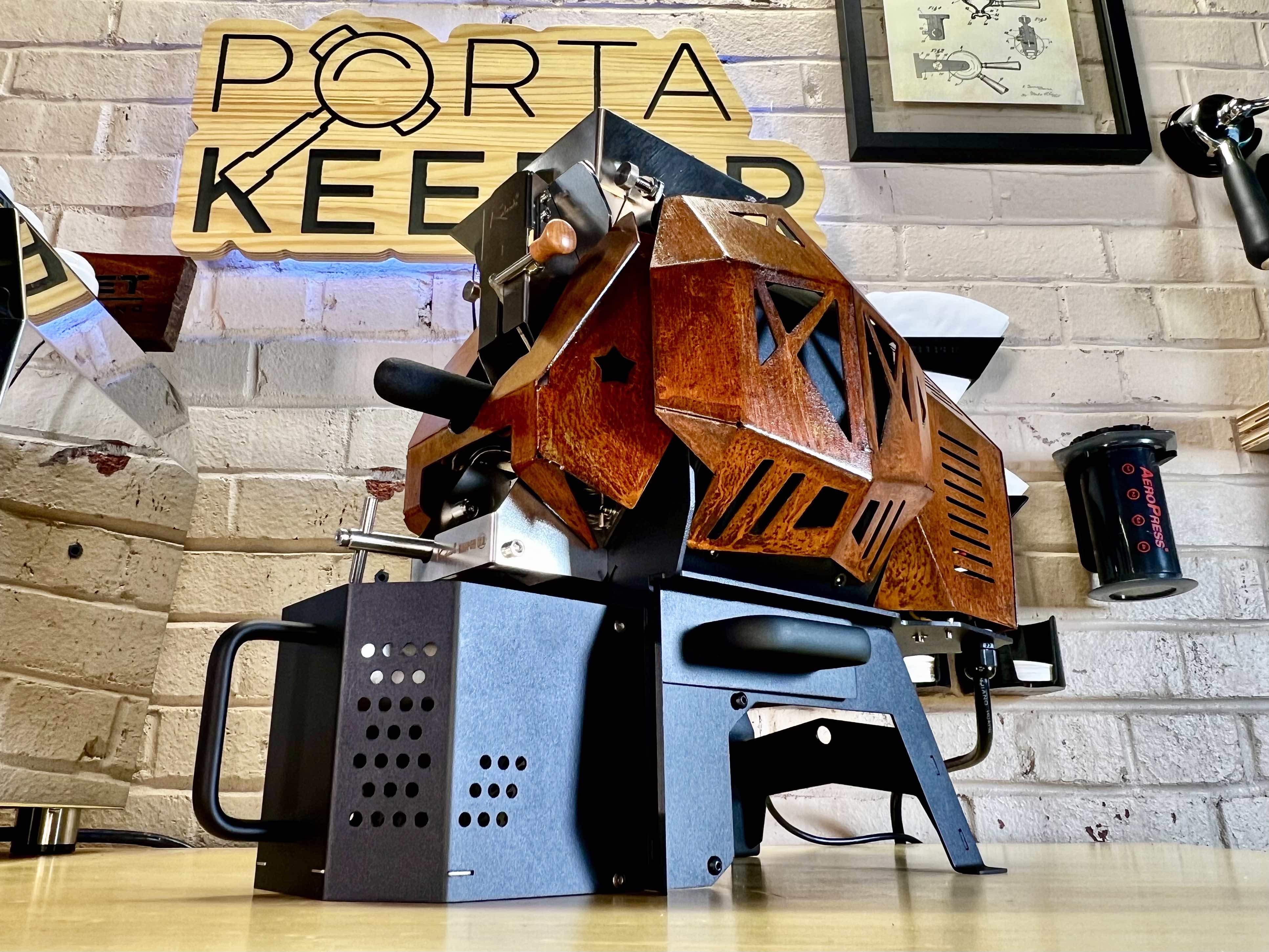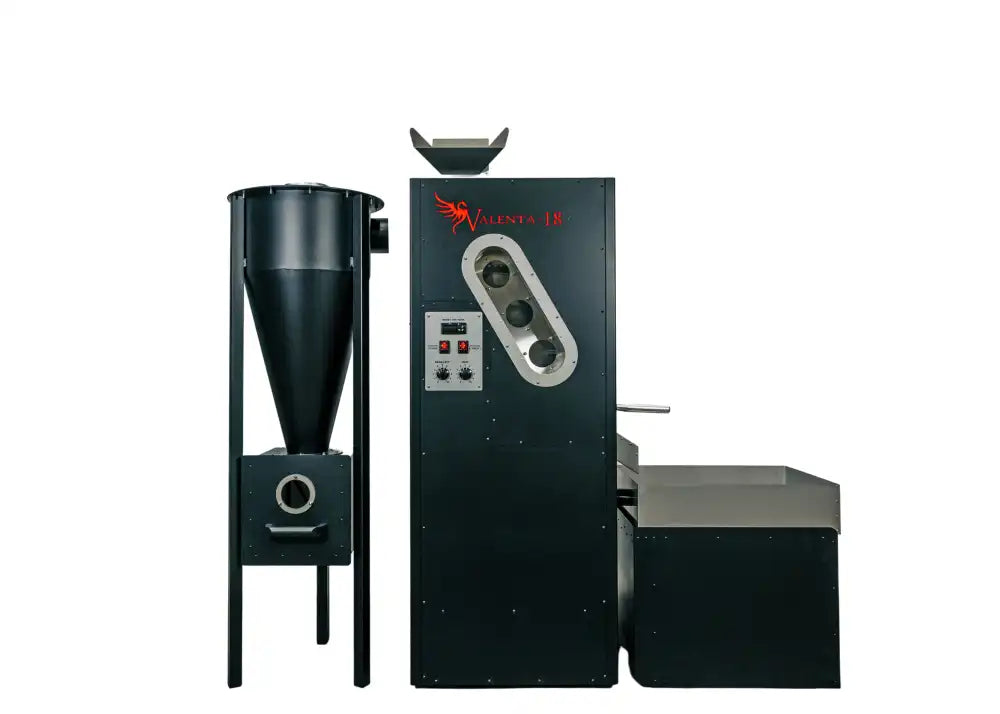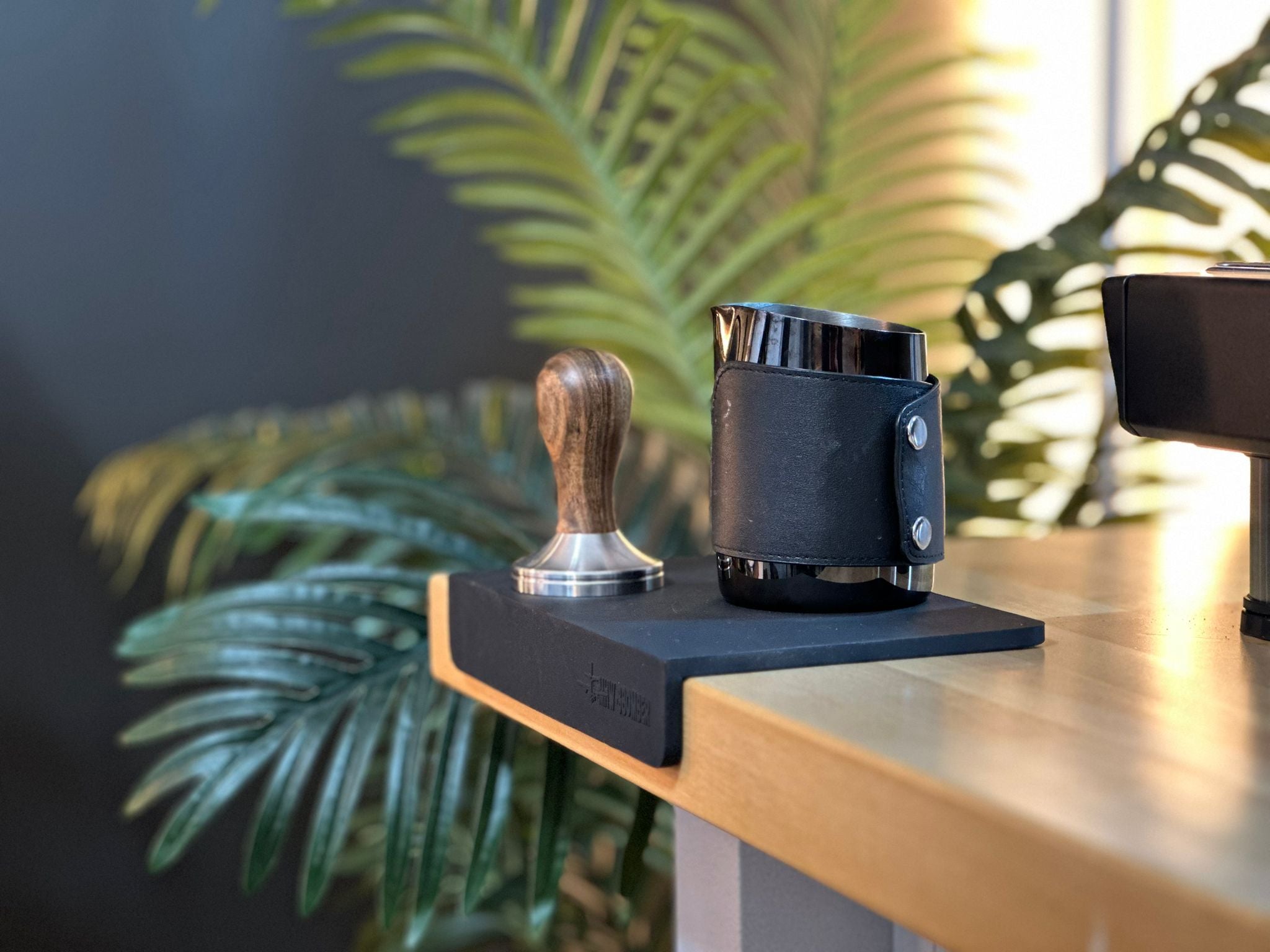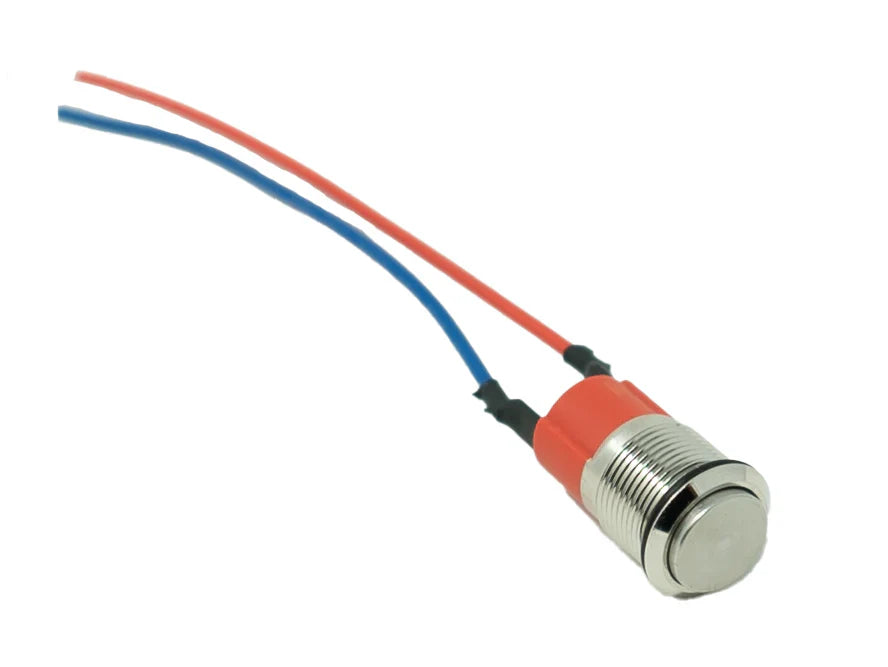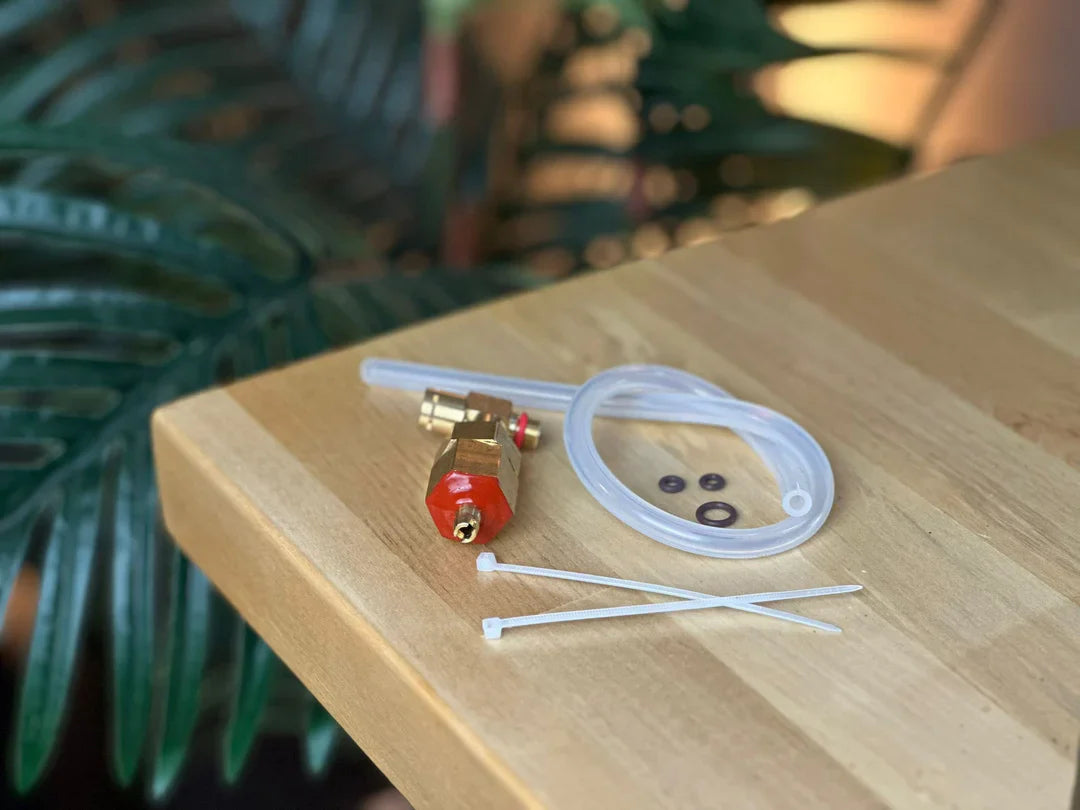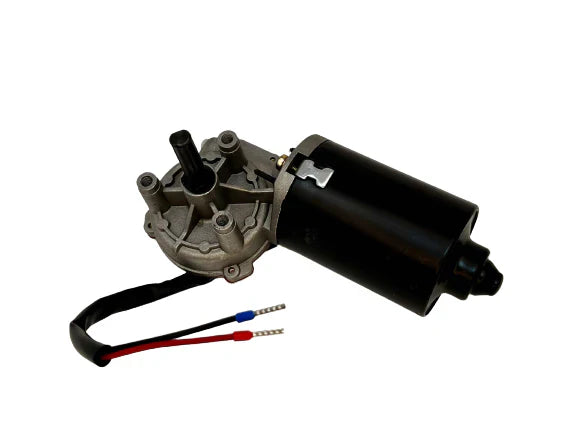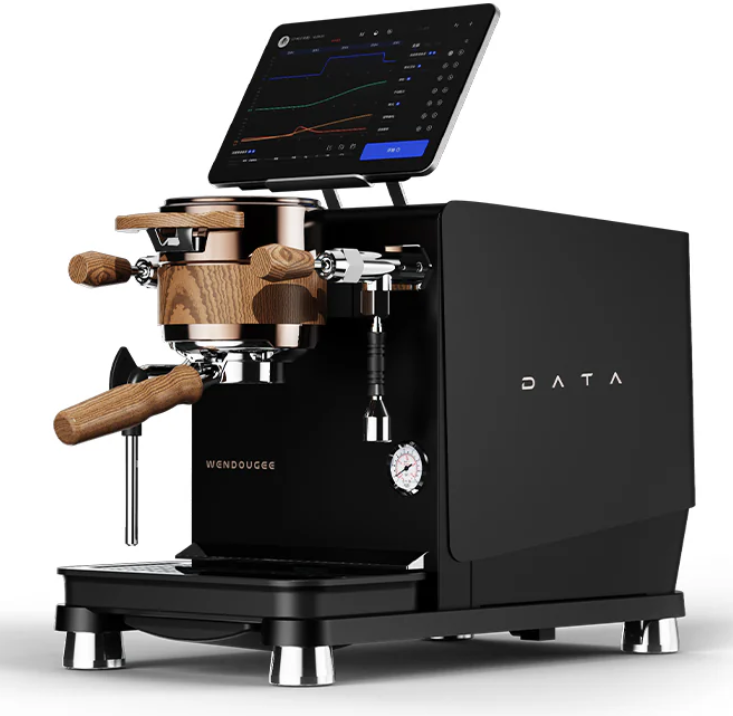Eco-Friendly Wastewater Treatment Solutions for Coffee Processing Facilities
Coffee processing, particularly wet processing, generates significant amounts of wastewater, which can have serious environmental impacts if not properly managed. Effluents from coffee processing are rich in organic matter, including pulp, mucilage, and residual coffee beans, as well as high concentrations of acids, sugars, and suspended solids. This wastewater, if untreated, can lead to water pollution, eutrophication, and harm to aquatic ecosystems. Designing eco-friendly wastewater treatment solutions for coffee processing facilities is essential to minimize environmental impact, conserve water, and promote sustainable coffee production.
1. Overview of Wastewater in Coffee Processing
The coffee wet processing method, commonly used to produce washed coffee, generates large volumes of wastewater. During fermentation, pulping, and washing stages, organic matter, including sugars, proteins, and acids, are released into the water. The main pollutants in coffee wastewater include:
- High Biological Oxygen Demand (BOD): Due to the organic matter in the wastewater, BOD levels can be exceptionally high, depleting oxygen levels in natural water bodies and harming aquatic life.
- Chemical Oxygen Demand (COD): Represents the amount of oxygen required to oxidize both organic and inorganic substances in the wastewater.
- Acidity (low pH): Coffee wastewater tends to be highly acidic due to fermentation, which can lower the pH of nearby water bodies and negatively affect aquatic ecosystems.
- Suspended Solids: Organic and inorganic solids from coffee pulp and residual coffee beans can clog water systems, reduce water quality, and harm wildlife.
- Toxins and Polyphenols: These substances, naturally present in coffee cherries, can be harmful to plant and aquatic life if discharged into natural water sources.
2. Principles of Eco-Friendly Wastewater Treatment
Eco-friendly wastewater treatment solutions focus on reducing pollutants through natural processes, minimizing energy use, and reusing water whenever possible. Key principles of these systems include:
- Bioremediation: Using natural microbial processes to break down organic pollutants in the wastewater.
- Decentralization: Treating wastewater on-site to avoid large-scale infrastructure and reduce transportation costs.
- Resource Recovery: Harvesting by-products such as biogas or organic fertilizers from the treatment process.
- Minimization of Chemical Inputs: Prioritizing natural or low-chemical treatment processes to reduce environmental impact.
- Water Reuse: Recycling treated water back into the coffee processing system or for agricultural purposes.
3. Eco-Friendly Wastewater Treatment Systems for Coffee Processing Facilities
a. Anaerobic Lagoons or Digesters
Anaerobic lagoons are simple, low-cost wastewater treatment systems that rely on natural microbial activity to break down organic matter in the absence of oxygen. Coffee wastewater is channeled into large, shallow ponds where anaerobic bacteria digest organic pollutants, converting them into biogas (methane and carbon dioxide) and reducing BOD and COD levels.
Anaerobic digesters are more advanced systems designed to optimize the anaerobic digestion process. They offer more control over environmental conditions, such as temperature and pH, making the process more efficient. Digesters can be used to produce biogas, which can be harnessed as a renewable energy source to power coffee processing operations.
Advantages:
- Cost-effective and low maintenance.
- Generates biogas, which can be used as a renewable energy source.
- Reduces organic pollutants significantly, lowering BOD and COD levels.
Challenges:
- Requires sufficient land for lagoon systems.
- Biogas needs to be captured and stored properly to avoid greenhouse gas emissions.
- Sludge management is necessary to dispose of the remaining organic material after digestion.
b. Constructed Wetlands
Constructed wetlands are engineered systems designed to mimic the filtration and purification functions of natural wetlands. They use plants, soil, and microorganisms to treat wastewater through physical, chemical, and biological processes. Coffee wastewater flows through the wetland, where plants like cattails, bulrushes, and reeds help filter out suspended solids, absorb nutrients, and promote microbial breakdown of organic matter.
These systems are highly effective at treating BOD, COD, and suspended solids, and they can even help neutralize the pH of acidic coffee wastewater. Constructed wetlands are especially useful in rural coffee-producing areas where access to centralized wastewater treatment facilities is limited.
Advantages:
- Low energy requirements and minimal operational costs.
- Provides additional environmental benefits such as habitat creation and biodiversity support.
- Can be aesthetically integrated into the landscape.
- Can help mitigate excess nutrients in wastewater.
Challenges:
- Requires sufficient land area for wetland installation.
- Plants and wetlands need regular maintenance to ensure optimal functioning.
- Sludge and solid waste must be periodically removed to prevent clogging.
c. Aerobic Biological Treatment (Activated Sludge Systems)
Aerobic treatment systems involve using oxygen to promote the growth of aerobic bacteria, which break down organic pollutants more quickly than anaerobic systems. Activated sludge systems are common in large-scale wastewater treatment and can be adapted for coffee processing facilities. In these systems, wastewater is aerated to maintain high levels of dissolved oxygen, promoting the growth of microbial communities that decompose organic matter.
Activated sludge systems can reduce BOD and COD levels efficiently, though they require more energy input than anaerobic systems due to the need for aeration.
Advantages:
- Faster treatment process compared to anaerobic systems.
- High reduction of organic matter and suspended solids.
- Can be integrated with other treatment methods such as sedimentation or filtration for improved efficiency.
Challenges:
- Higher energy requirements for aeration.
- Requires skilled operation and monitoring.
- Produces excess sludge, which must be treated and managed.
d. Vermifiltration
Vermifiltration is a sustainable wastewater treatment method that uses earthworms to break down organic pollutants in coffee wastewater. This system involves filtering the wastewater through layers of organic material, where earthworms consume and decompose organic matter. As the wastewater passes through the filter, pollutants are removed, and the remaining water is much cleaner and can be reused.
Vermifiltration is particularly effective in treating the high organic load typical of coffee processing wastewater. It also produces vermicompost, a valuable by-product that can be used as fertilizer in coffee plantations.
Advantages:
- Low energy consumption and environmentally friendly.
- Produces valuable vermicompost that can be used in agriculture.
- Effectively reduces organic pollutants and suspended solids.
Challenges:
- Requires regular maintenance to prevent clogging and ensure the health of the worm population.
- Not suitable for treating large volumes of wastewater.
e. Biochar Filtration
Biochar is a carbon-rich material made from the pyrolysis of organic matter, such as coffee husks or wood. It can be used as a filter medium for coffee wastewater due to its high porosity and adsorption capacity. When wastewater passes through a biochar filter, organic pollutants, metals, and other contaminants are absorbed, reducing BOD and COD levels.
Biochar filters are environmentally friendly and can be made from waste products of the coffee industry, contributing to a circular economy. The spent biochar can be used as a soil amendment, further benefiting coffee farming by improving soil health and moisture retention.
Advantages:
- Uses waste products from the coffee industry to create the filter material.
- Effectively removes organic matter and contaminants.
- Spent biochar can be used as a soil amendment, promoting sustainable agriculture.
Challenges:
- Requires periodic replacement or regeneration of biochar filters.
- Limited capacity for treating large volumes of wastewater.
4. Water Recycling and Reuse
An essential component of eco-friendly wastewater management in coffee processing is water recycling. Treated water can be reused in various stages of the coffee production process, such as washing, pulping, or irrigation. By integrating water reuse systems into the wastewater treatment process, coffee processing facilities can significantly reduce their overall water consumption, lowering both environmental impact and operational costs.
Water recycling can be facilitated by several treatment methods, including:
- Membrane filtration: Using microfiltration or ultrafiltration to remove suspended solids and contaminants, producing water suitable for reuse.
- Reverse osmosis: For higher levels of purification, reverse osmosis systems can remove dissolved salts, making the water safe for reuse in all stages of processing.
5. Integrated Approaches and Circular Economy
The most sustainable wastewater treatment solutions for coffee processing facilities often involve a combination of methods. An integrated approach can combine anaerobic digestion, constructed wetlands, vermifiltration, and water reuse systems to treat wastewater efficiently while minimizing resource use.
By adopting a circular economy approach, coffee processing facilities can use the by-products of wastewater treatment, such as biogas, compost, and biochar, to create additional value streams. These by-products can be used to generate energy, improve soil health, and reduce reliance on chemical fertilizers, promoting a more sustainable coffee production cycle.
Conclusion
Eco-friendly wastewater treatment solutions for coffee processing facilities are critical for reducing environmental pollution, conserving water, and promoting sustainable coffee production. A combination of anaerobic and aerobic biological treatment methods, along with innovative systems like constructed wetlands, vermifiltration, and biochar filtration, can effectively treat the organic-rich wastewater produced during coffee processing. By integrating these systems into a circular economy model, coffee producers can turn waste into resources, minimize environmental impact, and contribute to long-term sustainability in the coffee industry.
